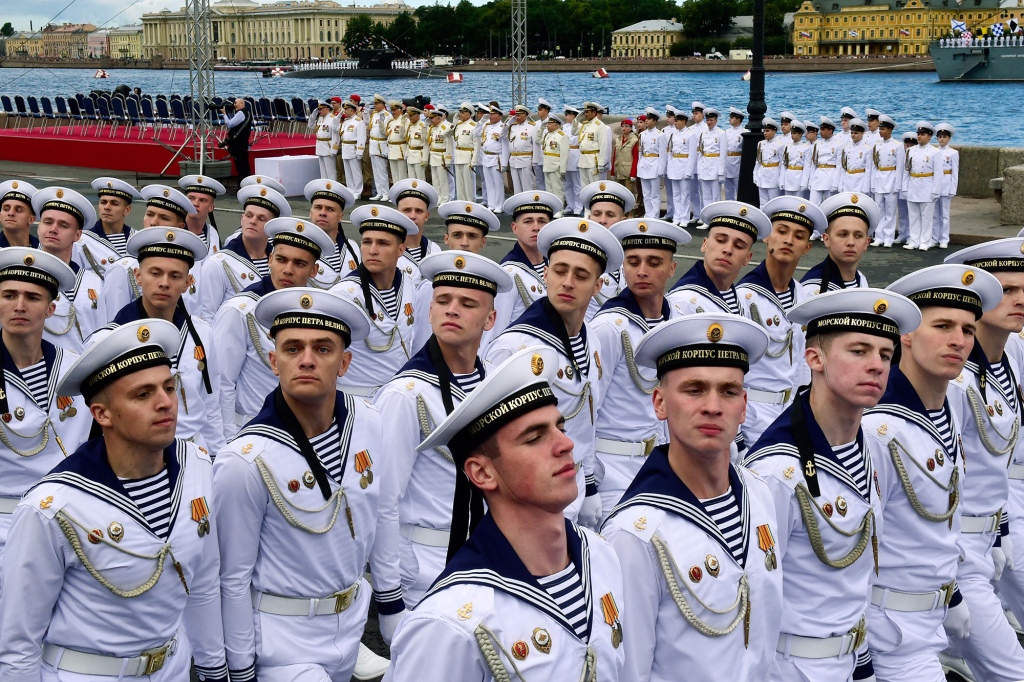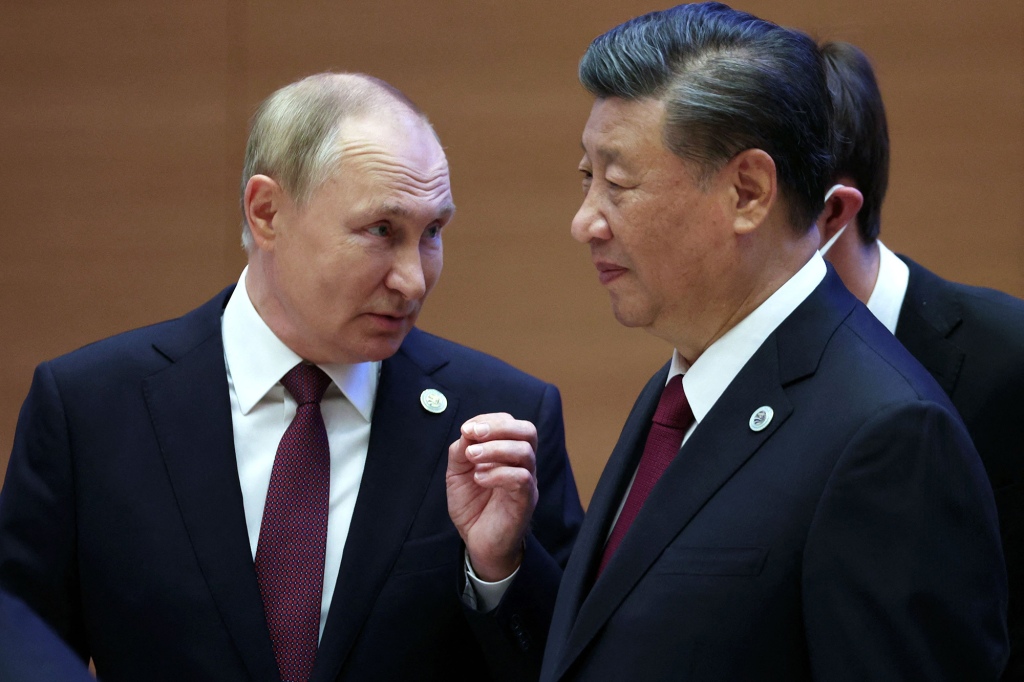China, Russia top US threats in Biden’s first national security strategy
WASHINGTON – Threats from China and Russia are the two biggest security concerns facing the US, the White House said in its 2022 National Security Strategy, released Wednesday.
The 48-page document, which details global challenges to America, states that China is “the only competitor with both the intent to reshape the international order and, increasingly, the economic, diplomatic, military and technological power to do it.
“Beijing has ambitions to create an enhanced sphere of influence in the Indo-Pacific and to become the world’s leading power,” the report adds.
Meanwhile, the strategy says that Russia is intensifying its nuclear threat as it continues its nearly eight-month-long war on Ukraine. President Biden last week warned of a nuclear “Armageddon,” saying the risk of an apocalyptic global conflict is at its highest since the Cuban Missile Crisis in 1962.
“Russia’s conventional military will have been weakened, which will likely increase Moscow’s reliance on nuclear weapons in its military planning,” the document said. “The United States will not allow Russia, or any power, to achieve its objectives through using, or threatening to use, nuclear weapons.”
It’s estimated that Russia has 5,977 nuclear warheads, while the US has 5,428, according to the Federation of American Scientists. The Pentagon has also estimated China’s nuclear stockpile will grow to more than 1,000 warheads by 2030 – up from the estimated 350 it has now.
The strategy is the first full security assessment issued under President Biden and the first to be released since former President Donald Trump’s administration published its strategy in December 2017.
Trump was the first president to name China and Russia as the US’ most pressing challenges, a theme present in both Biden’s security strategy and National Defense Strategy, which has yet to be released publicly despite being delivered to Congress in March.
“Just as the United States and countries around the world benefited greatly from the post-Cold War international order, so too did [China] and Russia,” Wednesday’s strategy said. “And yet, they concluded that the success of a free and open rules-based international order posed a threat to their regimes and stifled their ambitions.”
However, the document added the US does “not seek conflict or a new Cold War” as it rallies its allies against Russian and Chinese efforts to bend the world order to their benefit.
“Some parts of the world are uneasy with the competition between the United States and the world’s largest autocracies. We understand that,” it said. “We also want to avoid a world in which competition escalates into a world of rigid blocs.”

The strategy was released as China continues to use economic and military pressure to illegally claim islands and reefs in the South China Sea, threaten Taiwan with invasion and influence South Asian countries to make deals with the communist country that threaten their sovereignty, White House officials have said.
In response, the strategy calls for doubling down on the US nuclear deterrent and “pursuing realistic goals for mutual, verifiable arms control” through diplomacy.
“By the 2030s, the United States for the first time will need to deter two major nuclear powers, each of whom will field modern and diverse global and regional nuclear forces,” the document said. “To ensure our nuclear deterrent remains responsive to the threats we face, we are modernizing the nuclear triad, nuclear command, control, and communications and our nuclear weapons infrastructure.”
The Biden administration needed nearly 21 months to issue its full security strategy. National Security Adviser Jake Sullivan on Wednesday blamed the delay partly on Russia’s invasion, which was launched Feb. 24.
“One of the reasons that we did not move out with the National Security Strategy in the spring is because we thought it would be imprudent in such a fast-moving and consequential moment where it was really unclear exactly what direction that war would take to go out with the strategy,” he said.

Further, he said many observers had underestimated Ukraine’s ability to stave off Russia’s attack in the war’s early weeks, so the extra time allowed the administration to better address the Russian threat in the document.
“Frankly, in February, there were a whole lot of people who thought the war would be over rapidly and Russia would be in a much better position than it is in today,” Sullivan said. “We think what has actually unfolded over the last six months, which has defied many of the expectations and conventional wisdom, is a vindication of taking our time and being methodical in putting forward the strategy.”
Read the full article Here


